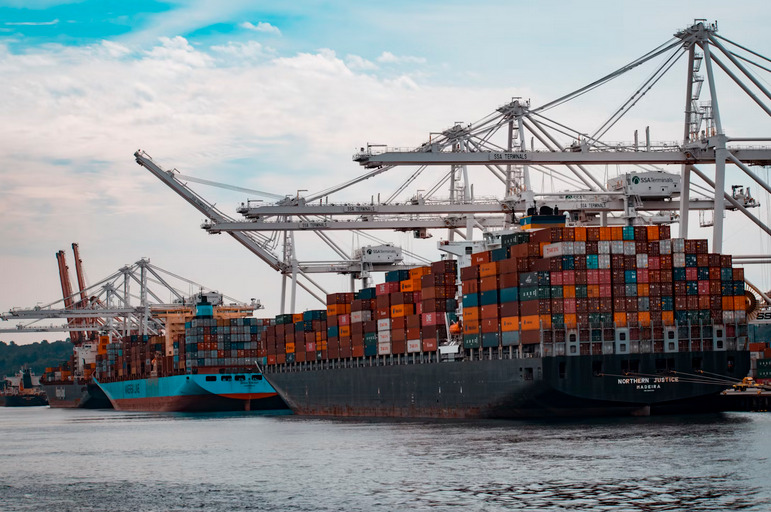In the ever-evolving landscape of global trade, technology stands as the compass guiding the course of international shipping into the future. From revolutionizing logistics operations to enhancing customer experiences, the impact of technology on international shipping is profound. In this exploration, we’ll delve into the trends and innovations shaping the industry and driving it towards greater efficiency, transparency, and sustainability.
Autonomous Vehicles and Drones: Aerial Advances in Delivery
Autonomous vehicles and drones are transforming the last mile of international shipping. Drones, in particular, are taking flight to deliver packages to remote locations, speeding up delivery times and reducing the carbon footprint. As regulatory frameworks evolve, the sky’s the limit for these technological marvels in enhancing the precision and speed of international deliveries.
Internet of Things (IoT): A Network of Smart Logistics
The Internet of Things (IoT) has ushered in an era of smart logistics, where interconnected devices communicate in real time. Smart containers, pallets, and tracking devices provide a granular view of shipments, enabling real-time monitoring of temperature, humidity, and location. This level of transparency enhances supply chain visibility, reduces the risk of damage, and ensures the integrity of goods during transit.
Blockchain: Securing the Digital Thread of Supply Chains
Blockchain technology is revolutionizing the transparency and security of international shipping. By creating an immutable ledger, blockchain enhances trust among stakeholders, minimizes fraud, and streamlines documentation processes. Smart contracts within the blockchain automate and enforce contractual agreements, reducing disputes and ensuring smoother transactions across borders.
Artificial Intelligence (AI) and Machine Learning: Predicting the Unpredictable

AI and machine learning algorithms are becoming indispensable in international shipping. Predictive analytics enable companies to anticipate demand patterns, optimize shipping routes, and proactively address potential disruptions. Machine learning algorithms continually refine their predictions, enhancing the accuracy and efficiency of logistics operations.
Robotics in Warehousing and Port Operations: Automating the Heavy Lifts
Warehouses and ports are witnessing the rise of robotics to handle repetitive and labor-intensive tasks. Automated guided vehicles (AGVs), robotic arms, and autonomous forklifts enhance the speed and accuracy of cargo handling. This not only reduces operational costs but also minimizes the risk of human error, ensuring a safer and more efficient workflow.
Big Data Analytics: Navigating the Sea of Information
Big data analytics in international shipping empower companies to derive actionable insights from vast datasets. Analyzing historical shipping data, weather patterns, and geopolitical events enables better decision-making. From optimizing shipping routes to managing inventory levels, big data analytics contributes to a more agile and responsive supply chain.
E-commerce Integration: A Seamless Shopping and Shipping Experience
The surge in global e-commerce has led to the integration of shipping solutions with online platforms. Seamless connectivity between online marketplaces and shipping systems enables real-time tracking, accurate shipping cost calculations, and efficient order fulfillment. This integration enhances the overall customer experience by providing transparency and convenience.
Green Shipping Initiatives: Sailing Towards Sustainability
Environmental sustainability is a growing concern in international shipping. Green shipping initiatives involve the adoption of eco-friendly practices, such as using alternative fuels, optimizing shipping routes for fuel efficiency, and investing in low-emission vessels. Technology plays a pivotal role in developing and implementing these sustainable practices to reduce the industry’s ecological footprint.
Navigating seas of global trade requires a commitment to embracing technological advancements. The impact of technology on international shipping is not merely about adopting new tools it’s about redefining the way goods move across borders, optimizing operations, and creating a more sustainable and connected world of commerce. As we sail into the future, the compass of technology will remain our guide, ensuring that international shipping evolves to meet the demands of a dynamic …



 The first step is to reassess your
The first step is to reassess your 


